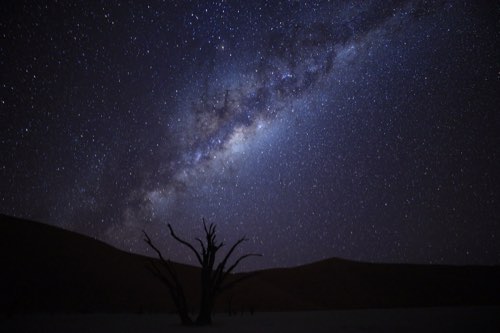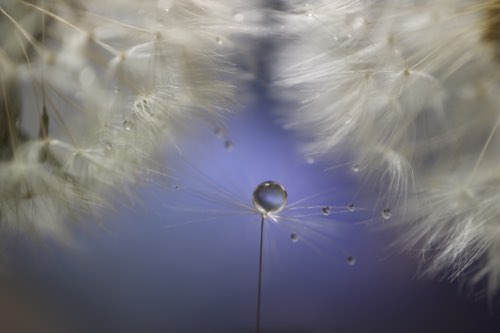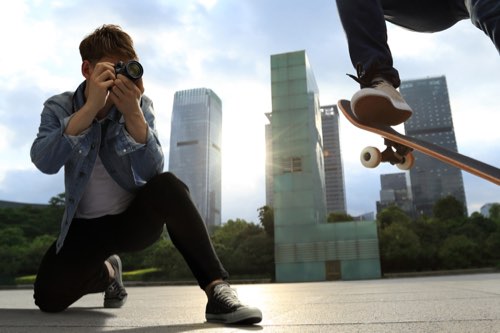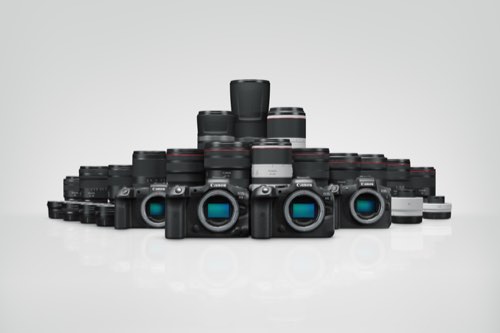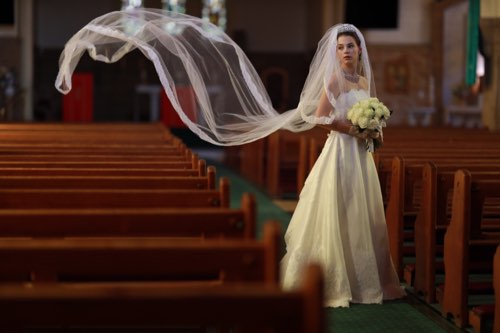3 Steps for Capturing Impressive Close-ups of Athletes in Action
Sports photography is not simply about capturing action and atmosphere. There is also a very human factor, whether it is in the beauty of the human form, or a show of raw emotion during a decisive moment. Here are some tips on how to showcase these in dramatic portraits, shot at the scene—not in a studio. (Reported by: Shugo Takemi)

EOS-1D X/ EF400mm f/2.8L IS II USM/ FL: 400mm/ Manual exposure (f/2.8, 1/800 sec)/ ISO 800/ WB: Auto
In gymnastics, the rings event is said to require the most use of arm muscles, so I knew that they were what I wanted to showcase in this shot. To draw attention to the muscle definition and intensity, I searched for a shooting position that provided a black background.
Step 1: Choose a super telephoto lens
Super telephoto lenses are perfect for drawing attention to a specific part of the athlete (like the arm muscles in the image above). For this photo, I chose to use a 400mm super telephoto prime lens, the EF400mm f/2.8L IS II USM, which allowed a close-up shot of only the athlete’s arms and head.
I prefer to use a prime lens over a zoom lens when capturing such close-ups: This removes the temptation to zoom out and use a wider angle to capture the rest of the body. especially when using a superzoom that covers a huge range of angles from wide to telephoto.
Lens used: EF400mm f/2.8L IS II USM

When photographing sports, you need to move around and respond to the needs of the moment. I chose this lens as it weighs only about 3,850g, rather light for a super telephoto lens, offering the mobility I needed. The shallow depth-of-field helps to make the main subject pop.
If you have an EOS R series camera, consider: RF400mm f/2.8L IS USM

At approximately 2,890g, Canon's professional 400mm f/2.8L super telephoto prime lens for the RF mount is significantly lighter. It also helps that you won't have to use a mount adapter!

RF Lenses vs EF Lenses: What's the Difference and How to Decide?
Step 2: Make the background as dark and simple as possible
For the shot above, there happened to be a large, video display screen at the back, which provided a dark background. The narrow angle-of-view of the lens further removes distractions, simplifying the background to only the most essential elements. Such simplicity helps to focus the viewer’s attention on the subject of the shot—the impressive physical form of the gymnast.
Tip: Use a monopod for the perfect combination of stability and mobility
The longer the lens, the more you need to take precautions to stabilise your shot. At the same time, a shallow depth-of-field also means you will probably have to move around to make fine adjustments to your composition. I used a monopod, which offers both support and the freedom to move the camera.
Shooting position

With my equipment mounted on a monopod, I photographed the athlete from 20m away, using the dark display screen at the back to create a dark background. The distance from the athlete to the screen was about 15m.
Step 3: Underexpose slightly for the studio shoot effect
To further enhance the shot, underexpose it by about 1 shutter speed stop from the correct exposure. This makes the dark background even darker, creating a look that is similar to that of a studio shoot.
Tip: Time your shutter release to achieve the best contrast
Naturally, athletes in a competition move quickly, and with each change in position, the way they appear under the lighting changes as well. To make the athlete’s body stand out, you want to maximize the contrast between i) the part of the body illuminated by the lighting and ii) the dark background. For this shot, I released the shutter at the moment the gymnast on the rings was lit up strongly by the lighting in the venue.
Other ways to use this technique
1. Draw attention to emotion

EOS-1D X/ EF800mm f/5.6L IS USM/ FL: 800mm/ Manual exposure (f/5.6, 1/500 sec)/ ISO 12800/ WB: Auto
Whether it’s a yell of frustration or tears of joy, a telephoto close-up shot on a black background helps to showcase the raw emotions showing on an athlete’s face.
2. Capture blood, sweat and tears

EOS APS-C camera/ EF28-200mm f/3.5-5.6 USM/ FL: 100mm/ Shutter-priority AE (f/7.1, 1/400 sec)/ ISO 1600/ WB: Manual
Drawing attention to sweat can result in a very evocative shot. The sweat on the athlete's skin reflects light, and stands out against the contrasting dark background.
Also see the following articles about sports photography:
Sports Photography: How to Emphasize Speed by Contrasting Stillness with Motion
Camera FAQ #18: How to Use High-speed Continuous Shooting to Freeze Moments Skilfully
Check out these super telephoto lenses too!

RF100-500mm f/4.5-7.1L IS USM
A professional super telephoto zoom lens that's also great for wildlife photography and landscapes.


RF100-300mm f/2.8L IS USM
Canon's top-of-the-line professional telephoto zoom lens keeps a large constant aperture of f/2.8 throughout its whole zoom range. Perfect for action photographers who need flexibility, reach, and speed.

About the Author
A monthly magazine that believes that enjoyment of photography will increase the more one learns about camera functions. It delivers news on the latest cameras and features and regularly introduces various photography techniques.
Published by Impress Corporation
Born in 1985, Takemi graduated from the Department of Photography at Nihon University’s College of Art. After completing his studies he relocated to Vancouver in Canada where he worked for a local newspaper, MINKEI NEWS VANCOUVER. After returning to Japan, he was involved in photography activities in various genres. His work included photography for magazines, posters for sports events and programmes. He was also a photographer for the application committee for the Tokyo 2020 Olympic Games and Paralympic Games. Currently, he is active as a freelance photographer.









